Jonathan David Smyth is an artist who works with photography, video, performance, and incorporated text. He was born in Belfast in 1987. In 2010, he earned a BA with Honors in photography and film from Edinburgh Napier University. He attended Parsons School of Design where he attained an MFA in photography in 2014. Smyth has exhibited in galleries and venues in the United States and abroad. He lives in New York City.
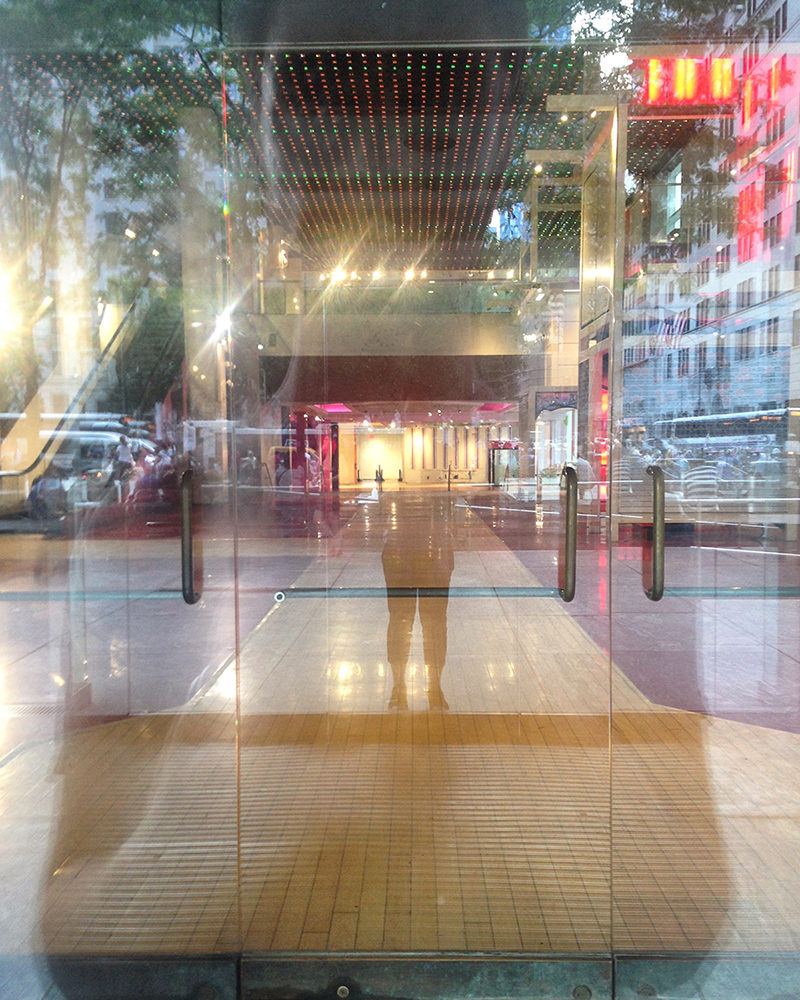
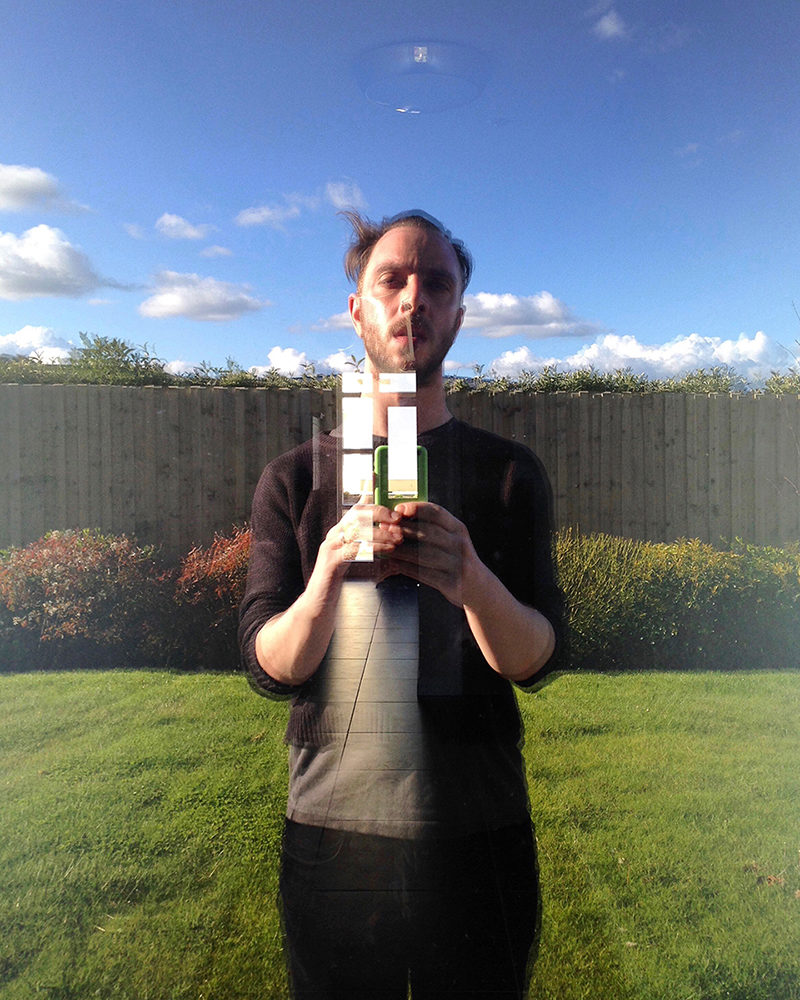
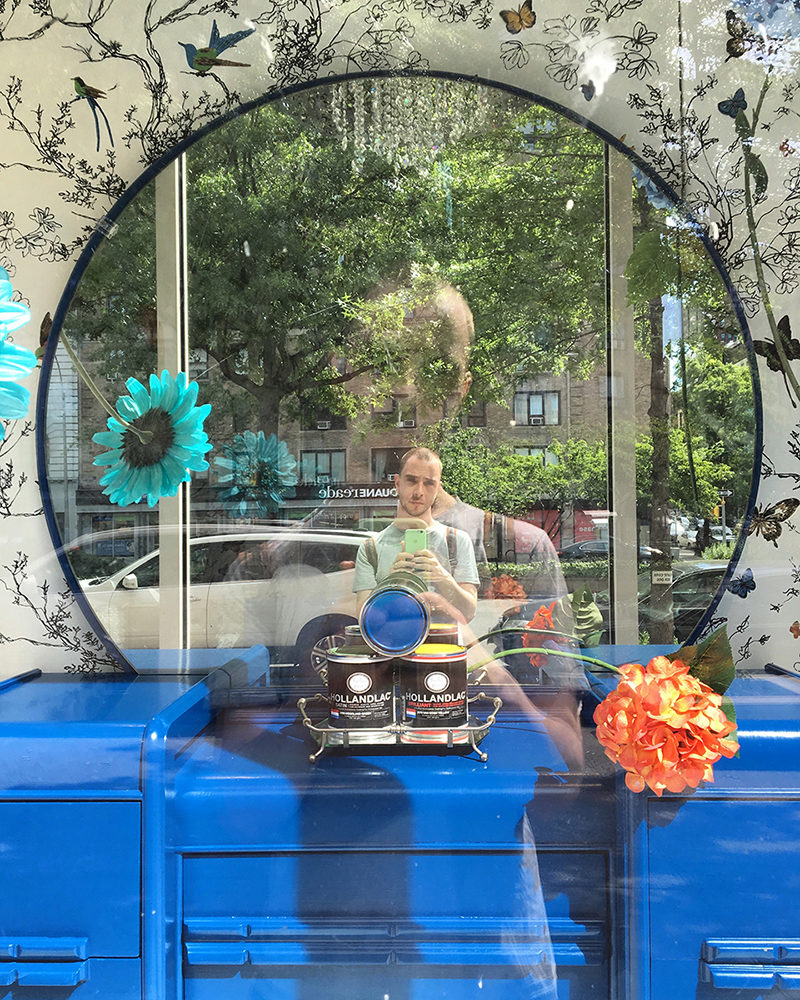
A-B: First, tell us a little about yourself.
JDS: My name is Jonathan David Smyth, and I am a visual artist from Belfast based in New York City.
Your new monograph Just One More is a collection of self-portraits. They are photographs of you in the reflection of windows, storefronts, and other various surfaces. Can you tell us about how this concept was born, and when you started taking these types of photographs?
I’ve always been interested in finding new ways to document myself, as far back as my time in high school in the late nineties when I was photographing my face with a flatbed scanner. Just One More really started as an experiment with my smartphone in 2012. At the time, I had just moved to New York City from the U.K. I remember thinking that I just wanted to document myself in my new surroundings. Instagram was new back then, so I started posting the images that I shot. The project grew from there.
Why self-portraits? What do you want people to take away from these photographs?
This is an interesting question because I’ve found that some people don’t actually see this work as self-portraiture. I’ve heard the images described as still life photography, or even street photography. Ultimately, people take away what they will, and I love that aspect of this work.
New York City is truly a big part of this project. The project is as much a portrait of the city as it is a portrait of you. Can you tell us more about the role New York plays in your personal life and work?
Like many people, moving to New York City changed my life significantly. I came here to do a master’s degree at Parsons School of Design. During that time, I met the person who would become my husband. In a way, Just One More encapsulates these shifts in my life, and New York City is a huge part of that. But the project follows me wherever I go, so the backdrop changes occasionally. There are photographs in the book that have been made in other parts of America, and in Northern Ireland, too.
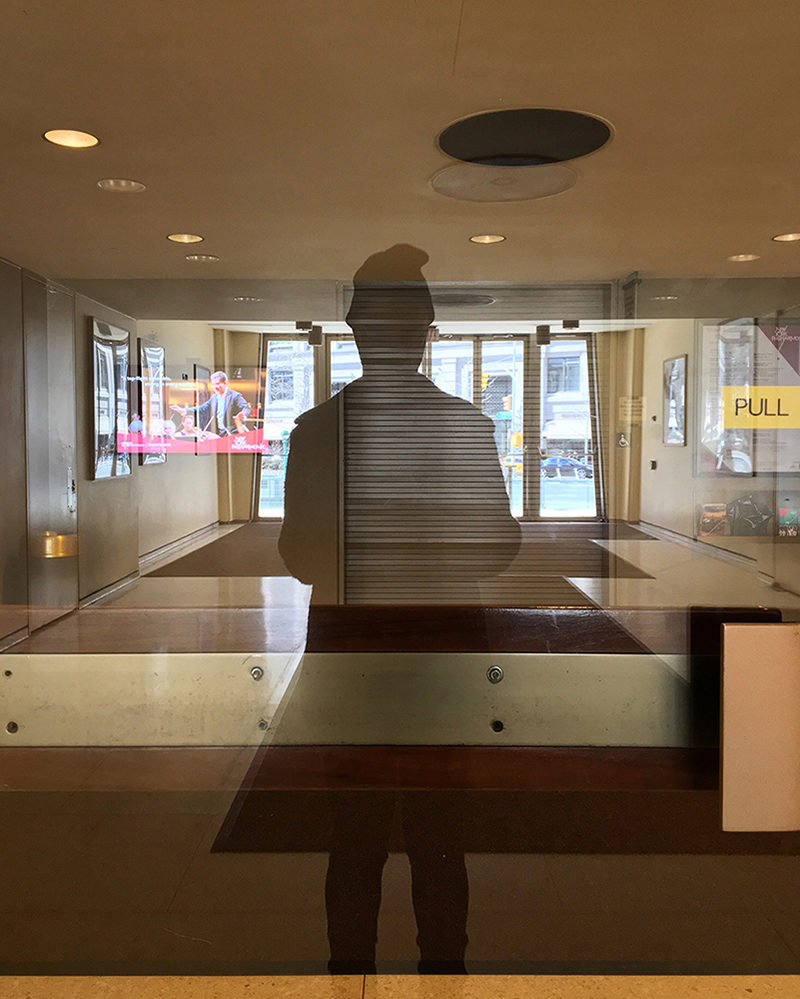

Why have you chosen to include your handwriting in the book?
I still use a sketchbook to jot down ideas, and I handwrite most of my notes. This is something I enjoy doing and want to include in my work because I really feel like handwriting is dying out. It’s also a bit of a fuck you to the schoolteacher who told me my handwriting was atrocious!
How did it feel to turn this project into a book? What was the most challenging part of the process, and what was the most satisfying?
Before Just One More was a book, the project existed only on digital screens. Being able to experience the photographs in a physical sense was very exciting to me. In book form, the images become like a diary or a mapping of my life. However, a printed book cannot be changed, and I found this part quite challenging. The most satisfying and rewarding part of the process was being able to collaborate with people I admire: Michelle Dunn Marsh, who wrote the brilliant introduction, bd-studios.com who published the book, Luke Kurtis who designed it, and your good self (Dana Stirling) who is part of the written conversation. The goal always is for my work to be seen. Knowing that my book is already in places like Australia, the U.K. and all over America is incredibly satisfying, too.
How did you decide which photographs to include in the book and which to leave out?
For me, the timeline was important. I’ve collected hundreds of images, and I wanted the book to represent five years worth of work in a fair way. I started with one hundred and thirty of my favorites. This was cut down to one hundred, then to fifty final images. I lived with them on my bedroom wall for six months. They were sequenced by color and composition, rather than chronology because it was more important to me that they flowed visually.
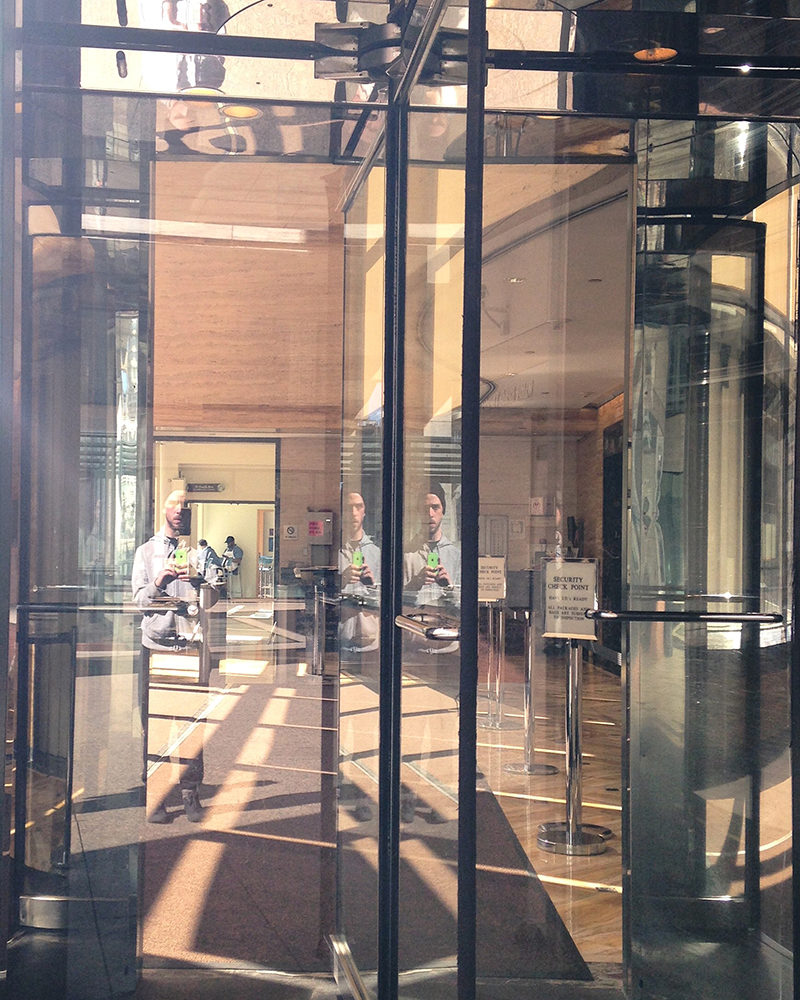
What advice or tips would you give to fellow artists who want to turn their projects into photography books?
I say go for it, but it’s important to remember that the translation of a project into book form should enhance an artist’s work. Not all projects belong on the printed page, so being able to clearly visualize what your book will be, and what purpose it will serve is very important. You should also be patient and flexible. I started working on this book in early 2016, and it took over a year and a half to develop and publish.
Who is your biggest inspiration?
British artist Tracey Emin has always been a huge inspiration to me. I love how her work brings together various media, but it’s her raw honesty that I admire the most. I also have to cite the Spice Girls. Growing up, they made me feel that anything was possible, and for that reason, they will always be my favorite artists.
In one word, how would you describe this book?
Available!

To view more of Jonathan’s work please visit his website. ‘Just One More’ available for purchase here